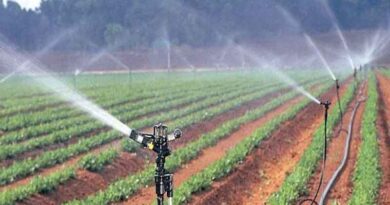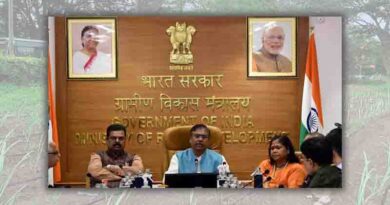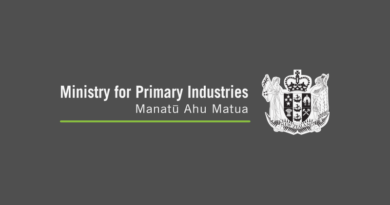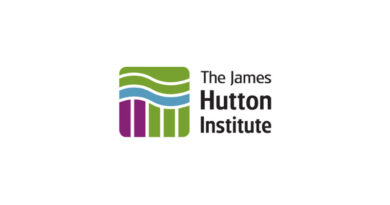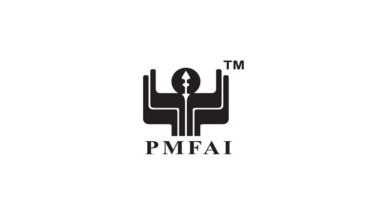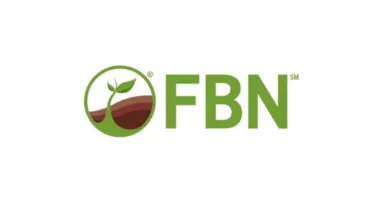China: The penetration rate of tap water in rural areas reaches 90%
13 January 2024, China: “The investment in water conservancy construction will be 1,199.6 billion yuan in 2023, setting a new record on the basis of reaching the trillion yuan level for the first time in 2022.” At the 2024 National Water Conservancy Work Conference held on the 11th, Li Guoying, Minister of Water Resources, introduced , in 2023, 23,000 rural water supply projects will be constructed across the country, improving water supply security for the 110 million rural population. The rural tap water penetration rate will reach 90%, and large-scale water supply projects will cover 60% of the rural population. The construction of 5 large-scale irrigation areas including Tengchong in Yunnan and Xialiujia in Guangxi has started, and the construction and modernization of 598 large and medium-sized irrigation areas have been accelerated. After completion, the newly restored and improved irrigation area will be about 70 million acres.
In 2024, the Ministry of Water Resources will consolidate the water conservancy foundation for comprehensive rural revitalization, anchor the goal of building an agricultural power, learn from and apply the experience of the “Ten Million Project”, and continue to ensure water conservancy work.
The first is to promote high-quality development of rural water supply. Taking the county as a unit, we will comprehensively implement the “3+1” standardized construction and management and maintenance model, give priority to the integration of urban and rural water supply and the large-scale construction of centralized water supply, implement the standardized construction of small water supply projects according to local conditions, and maximize the realization of the same source and network of urban and rural water supply. , same quality, same supervision, and same service. Strengthen the protection of rural drinking water sources, carry out in-depth special actions to improve water quality, all rural centralized water supply projects are equipped with purification and disinfection facilities and equipment as required, strengthen urban and rural integration, large-scale rural water supply project water quality self-inspection and small centralized and decentralized rural water supply project water quality Inspection. Improve the detection, treatment, return visit mechanism and emergency response plan for rural water supply problems, and enhance emergency support and risk resistance capabilities. The penetration rate of tap water in rural areas nationwide will increase to 92%, and the proportion of rural population covered by large-scale water supply projects will reach 63%.
The second is to promote the modernization and transformation of irrigation areas. Complete the preparation of the national farmland irrigation development plan, scientifically lay out the modernization of irrigation areas, accelerate the construction of irrigation areas such as Xialijia in Guangxi and Xiangjiaba in Sichuan, and start the construction of large-scale irrigation areas such as Xiajiang in Jiangxi, Meishan in Hunan, Lujiangba in Yunnan, and Qianping in Henan. Implement the renovation and upgrading of more than 1,000 large and medium-sized irrigation areas, coordinate the backbone projects of irrigation areas and the construction of high-standard farmland, and continuously improve the irrigation and drainage engineering system. Improve irrigation area management and operation mechanisms and policy standards, promote farmland irrigation automation, efficient irrigation methods, accurate water metering, and intelligent irrigation area management.
The third is to implement water conservancy assistance in key areas. Make overall plans to promote water conservancy assistance in poverty-stricken areas, especially in the country’s key counties for rural revitalization, old revolutionary base areas, ethnic minority areas, and border areas, and do a good job in targeted water conservancy assistance. Vigorously promote water conservancy projects with work-for-relief projects, and promote employment and income growth for people who have been lifted out of poverty and low-income people.
Also Read: FMC India: Bringing Precision in Indian Farming through ‘Spray as a Service’
(For Latest Agriculture News & Updates, follow Krishak Jagat on Google News)




